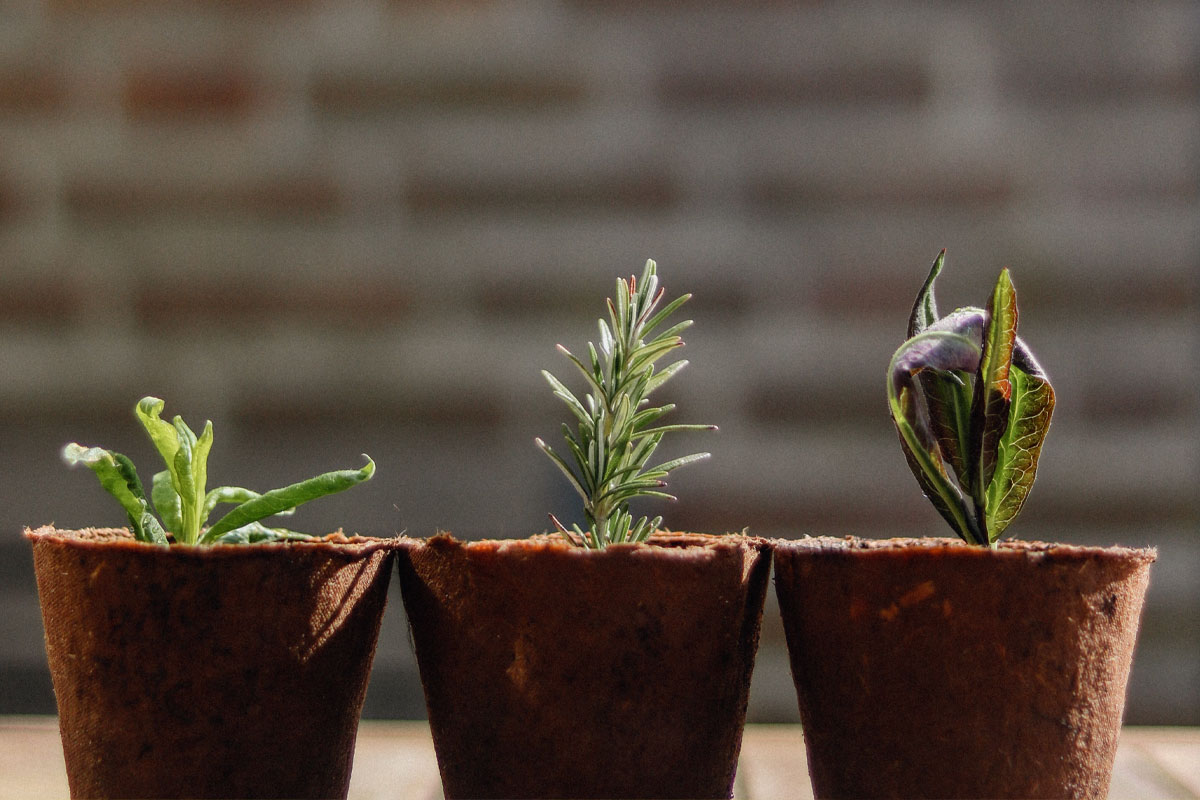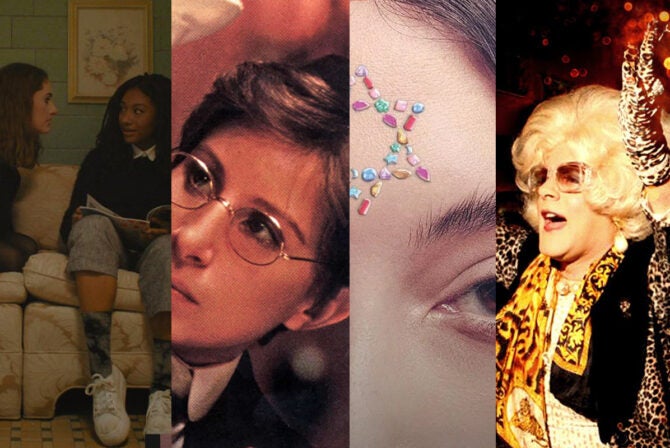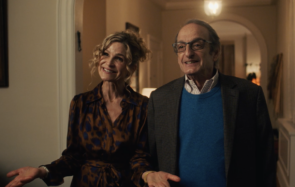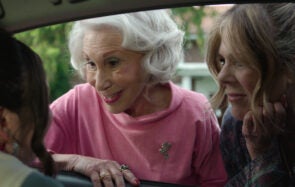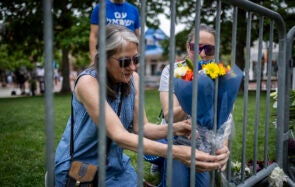I was recently listening to an episode of Ali Ward’s “Ologies” podcast about the Writer’s Guild of America strike that’s currently taking place in Hollywood. While I found it generally interesting (and alarming) to hear just how undervalued the people instrumental to a multi-billion dollar industry are, one repeated sentiment in particular captured my interest: Almost every striking writer interviewed mentioned that part of why they are striking is that they want to make sure that the writing industry they pass down to the next generation of writers will better support and benefit them — and still exist.
I was immediately reminded of one of my favorite, if not a little obscure and overlooked, Jewish principles. In my personal shorthand, I like to refer to it as the “Carob Tree” value: There’s a Talmudic story about a scholar back in ancient times, known colloquially as Honi the Circle-Maker. One day, Honi was walking through the woods and saw a woman planting a carob tree sapling. Knowing that a carob tree takes 70 years to grow and bear fruit, he asked her, puzzled, “Why are you toiling to plant something, the fruit of which you’ll never even get to benefit from?” The woman didn’t stop her task, but replied, “My grandparents planted carob trees so that one day I could taste their fruit. Now I’m doing the same for my grandchildren.”
The actual Jewish value that probably best represents this story is l’dor v’dor in Hebrew, translated as “from generation to generation.” It’s a concept focused on what one generation passes down to another, more focused on tradition, ethics and identity than, say, your bubbe’s best brisket pan. Our legacy is something that’s been an important part of passing down Jewish wisdom and tradition from ancestor to descendant for thousands of years. However, I wonder if this concept should be applied not only to this global-scale preservation of Jewish culture — but also to our small-scale mundane daily lives.
There are so many ways this concept of legacy is relevant to current events. An obvious example that connects pretty literally to the story is Gen Z’s fervor for environmentalism: Currently, our youngest generations are out marching and lifting their voices to fight for their own future, themselves, racing to preserve what’s left for them, and hopefully for generations after them. But I don’t think the message of the story is limited to eco-activism — or to critiquing the older generations (accountability is important for all ages!).
For instance, every time I intentionally point out the damsel-in-distress trope in the stories and movies my son and I consume, I’m thinking about the girls his age who will one day be women. The actions I take now to teach my son that misogyny should not be the default perspective of the world are an expression of my hope for the future: that these girls and their daughters will occupy a world in which there are fewer gender-based barriers and more mutual respect, dignity and empowerment.
One of my proudest parenting moments was when my son, around 8 at the time, was playing a video game with a boy his age. They didn’t realize I was in earshot, and I overheard the other boy make a joking comment about a girl character that was vaguely disparaging, not really even that significant. My son was solemn, nonetheless, reprimanding him immediately: “That’s not a funny joke. You should be respectful of women.” I inwardly kvelled to see such a meaningful legacy taking root in him, because I could suddenly see a future in which, perhaps, it’s the accepted norm for boys to hold each other accountable, even in their own private spaces, for treating women like real people. The idea made my heart positively beam (and still does).
To take this a step further, it’s not just about the topic of the legacy — such as environmentalism or feminism, racial justice or LGBTQ rights, fair trade labor or mental health advocacy — but also the structure: I worry that many older people today who have no biological children of their own might not see a place for themselves in the Carob Tree story. In particular, elders of the LGBTQ Jewish community come to mind — individuals who came up in a time in which there were even greater obstacles to being queer and having a family of your own than many still face today. In a similar vein, I’m also thinking of those with fertility issues and/or who have experienced the tragedy of losing children. These people not only deserve to crouch shoulder to shoulder planting carob trees with the rest, but are vitally important to the effort. We all lose out, future generations most of all, when elders don’t engage in passing legacy to the next generation, because they feel irrelevant. A feeling which, by the way, couldn’t be further from the truth: The legacies of those without biological connection to younger generations are just as important and needed as the legacies of anyone else. Should we be asking ourselves if part of our generation’s legacy is finding ways to ensure these people aren’t left out of the planting? Maybe the creed of l’dor v’dor goes both ways.
Reflecting on current events in California, the Writer’s Guild has inspired me to realize that the concept of the Carob Tree is not a passive response to a pessimistic forecast: It’s an invitation to proactively dream of what the future could be and take action to build it into reality, from a place of hope and creativity. Instead of figuring out how future generations will survive, the Carob Tree value is about going a step further and planning for how they’ll thrive.
Judaism is all about the value of our actions in the present — not waiting until there’s a problem (or even until it’s possibly too late) to take action.
